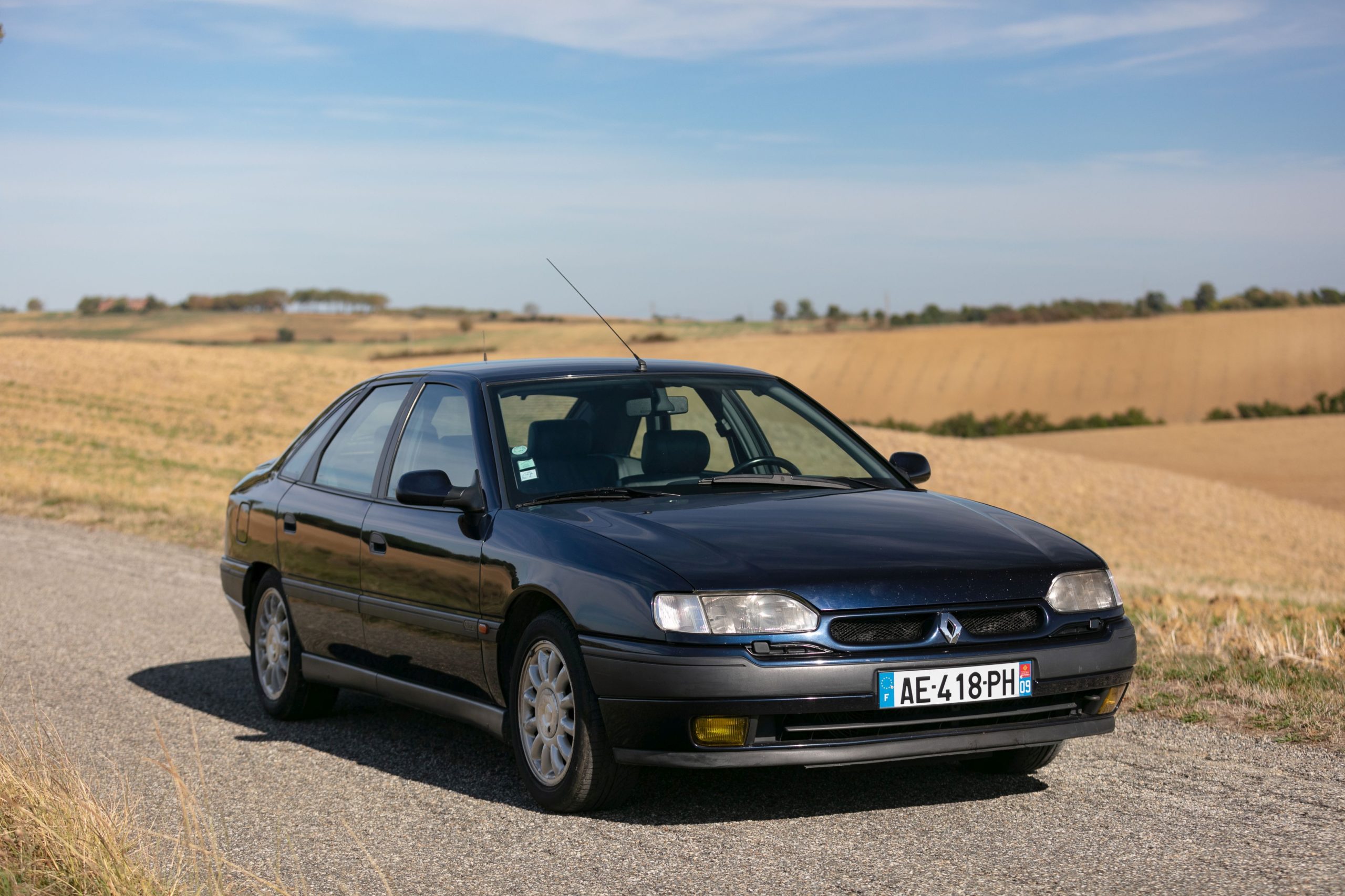Photo credit: Artcurial
Have you ever seen those videos on the internet where mints are dropped in a bottle of cola causing it to erupt? This image perhaps best illustrates what happened to the André Trigano collection at the recent Artcurial auction.
All 167 cars offered were sold. “That’s not surprising!” you might well retort “all but one of them were offered without reserve!”, but the fact is that 148 (over 88%) fetched amounts in excess of their upper estimated value, while only two failed to reach their lower one.
The result was not just impressive in value terms: after pre-sale minimum estimates amounting to a total of €2,226,680, the car sales alone generated a remarkable €3,958,152 — 177.8% of the expected total!
I have noticed that when auction houses are given a single, large collection of cars to sell, and all are offered without reserve prices, they record great revenues. We saw this in Italy in 2016 (with the RM Sotheby’s Duemila Ruote auction), and more recently in Portugal (Saaraga 2019), and it had also previously happened in Denmark, in 2012, with the Aalholm collection. The trick is to offer the cars with estimates well below their real value, only to then get the prices up to normal levels during the event. That way, you can underline your success in selling a car for “80% more than its estimated value!”. But if we go and check how that same model has sold in other settings, we find that your price was actually in line with the competition. In some cases, though — this happens quite often actually —, buyers let themselves get carried away by the excitement and can end up paying amounts that completely defy logic.
Here are a couple of concrete examples to illustrate both the above points.
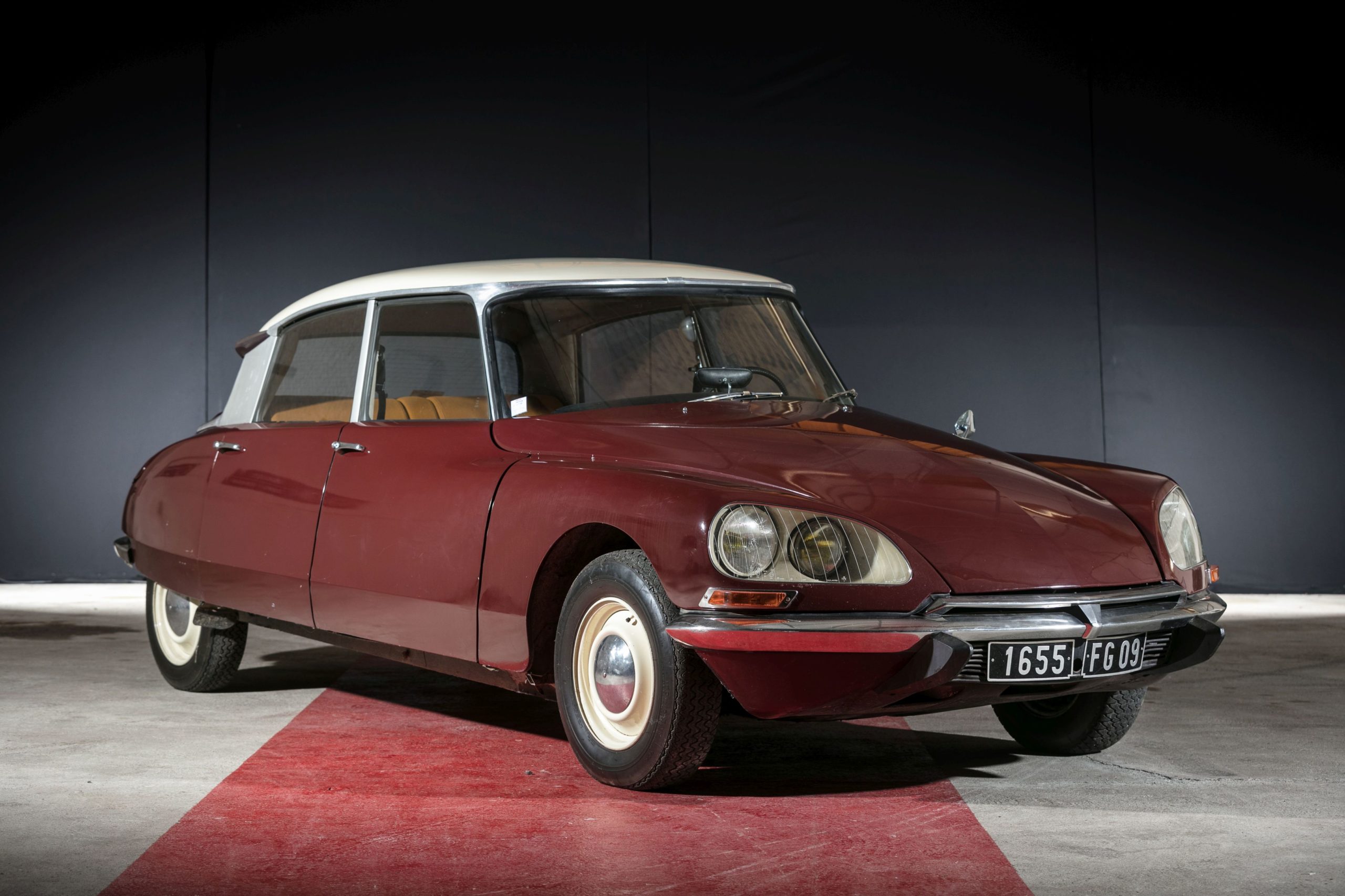
Lot 214 at the Artcurial sale provided an example of how the trick lies in the pre-sale estimate. The car in question was a 1968 Citroën ID19, painted brown over ocher cloth interiors. Its body seals needed replacing, but against that it was offered with the original engine, very well-preserved interiors, just 63,000 km on the clock, and in apparently good conditions. Although it was claimed that many of the cars in the collection had been idle for years, since the sale had originally been scheduled for 14 April, the technical team had been able to use the extra time during the lockdown to overhaul some of them. As a result, by the time the sale actually took place, many lots (it was not specified which) had undergone a new Contrôle Technique. In May, another French auction house, Osenat, sold a comparable specimen for €14,400. Artcurial assigned its Citroën a decidedly pessimistic pre-sale estimate of € 8-12,000. It should therefore come as no surprise to learn that the car ended up selling for €13,244 (a 65.5% increase on its lower estimate, although less than the price fetched for the same model in May).
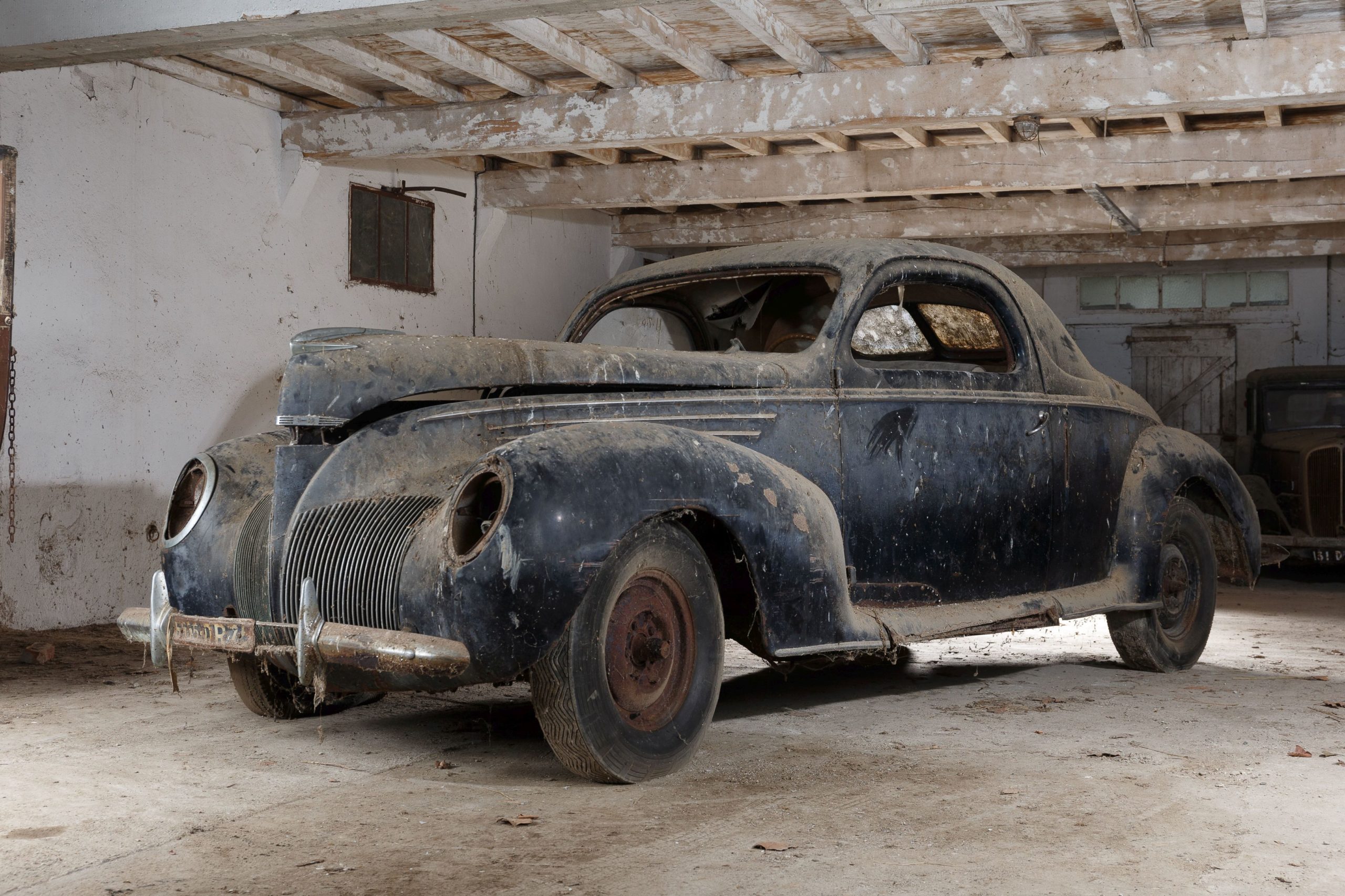
While the case of the Citroën ID19 confirms that there is “nothing new under the sun”, the same cannot be said of another car, a 1939 Lincoln Zephyr Coupé. The catalog said that, under its dusty exterior, there lay a solid and almost complete car. The problem was that little word, “almost”; in actual fact, all its chrome and finishes were missing, and as anyone who has restored a 1930s car well knows, we are talking about details that are rare and costly to restore. If truth be told, this was probably a car needing a top-to-bottom restoration, in other words, one that, notwithstanding its solid base, likely needed work that only an Arab sheikh could afford to pay for! For a normal specimen (i.e., neither concours standard nor a wreck) you could expect to pay between €50K and €70K. This car, given its conditions, was assigned a very modest pre-sale estimate of €10-15K. Its final hammer price of €48,160 therefore left me pretty stunned, as it really didn’t leave the buyer much room for maneuver.
But there is another thing that also seems to typify sales of private collections where hundreds of cars are up for sale, and we saw it in this case, too. Whereas the more economical cars were sometimes undervalued, at the other end of the spectrum, the most important lots were valued correctly. And there is a specific reason for this: at events of this kind, sellers tend to “place their bets” on certain star cars — around a dozen or so important ones, which they expect will generate the bulk of their turnover. Consequently, the low-value cars are relegated to the role of “extras”, and no one really worries too much about whether a €10K car has been underestimated or not.
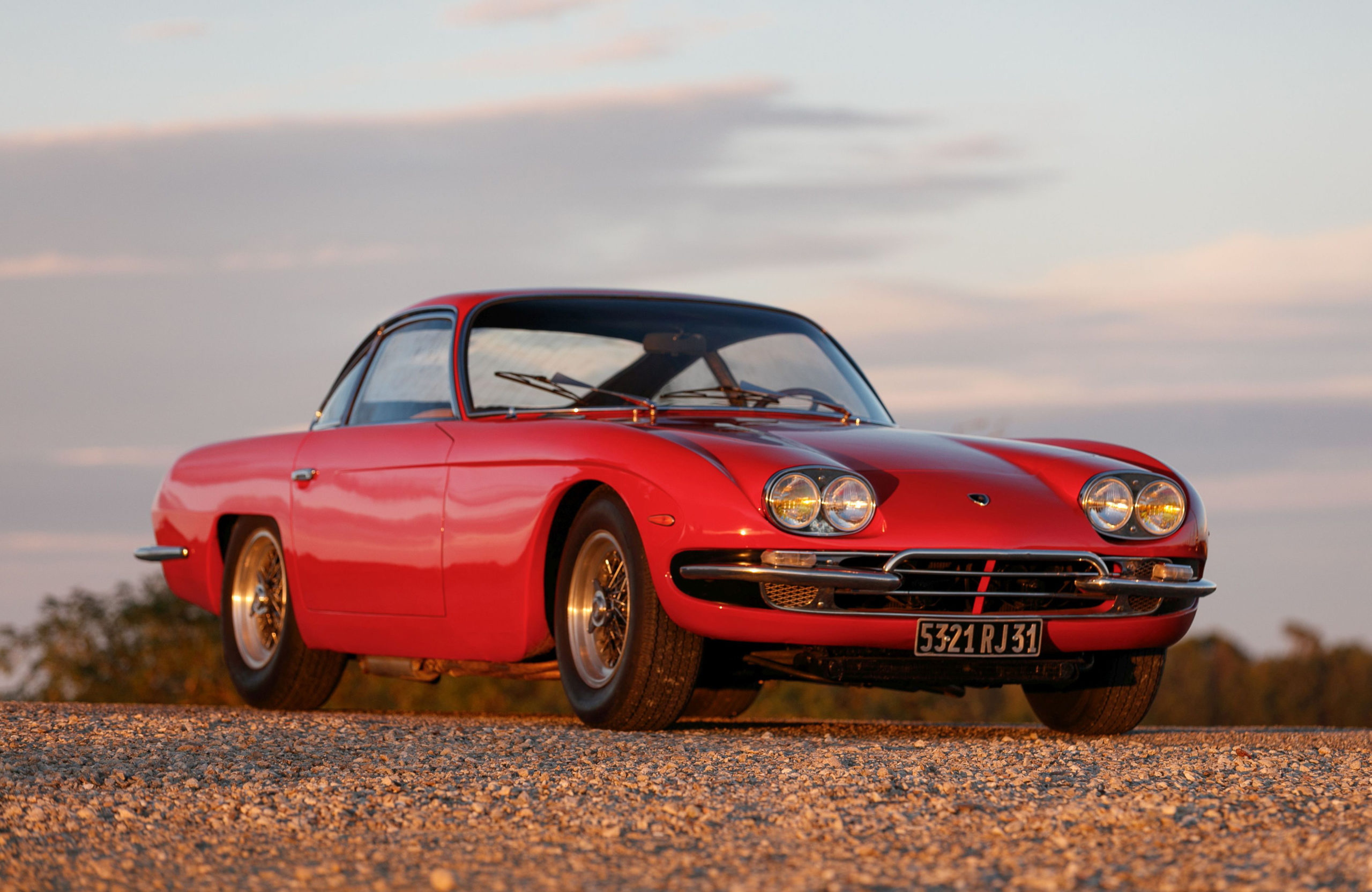
We saw this at this sale, too: the top lot was a 1967 Lamborghini 400 GT 2+2. Purchased new by Trigano, it was a single-owner car. It came with its original engine and, above all, a clock reading of 33,800 km. Red is not the best color for a Lamborghini (as it brings to mind another brand of sports car), and if it was up to me I would restore this one to its original amaranth, the color it wore when it was first delivered in Paris. The very elegant leather interior is perfect for this GT car and, moreover, totally preserved and in need of no intervention. Indeed, to restore it, in my opinion, would be sacrilege. The car came under the hammer at €481K, a price perfectly in line with its pre-sale estimate of €400-600K (correct, as I have said).
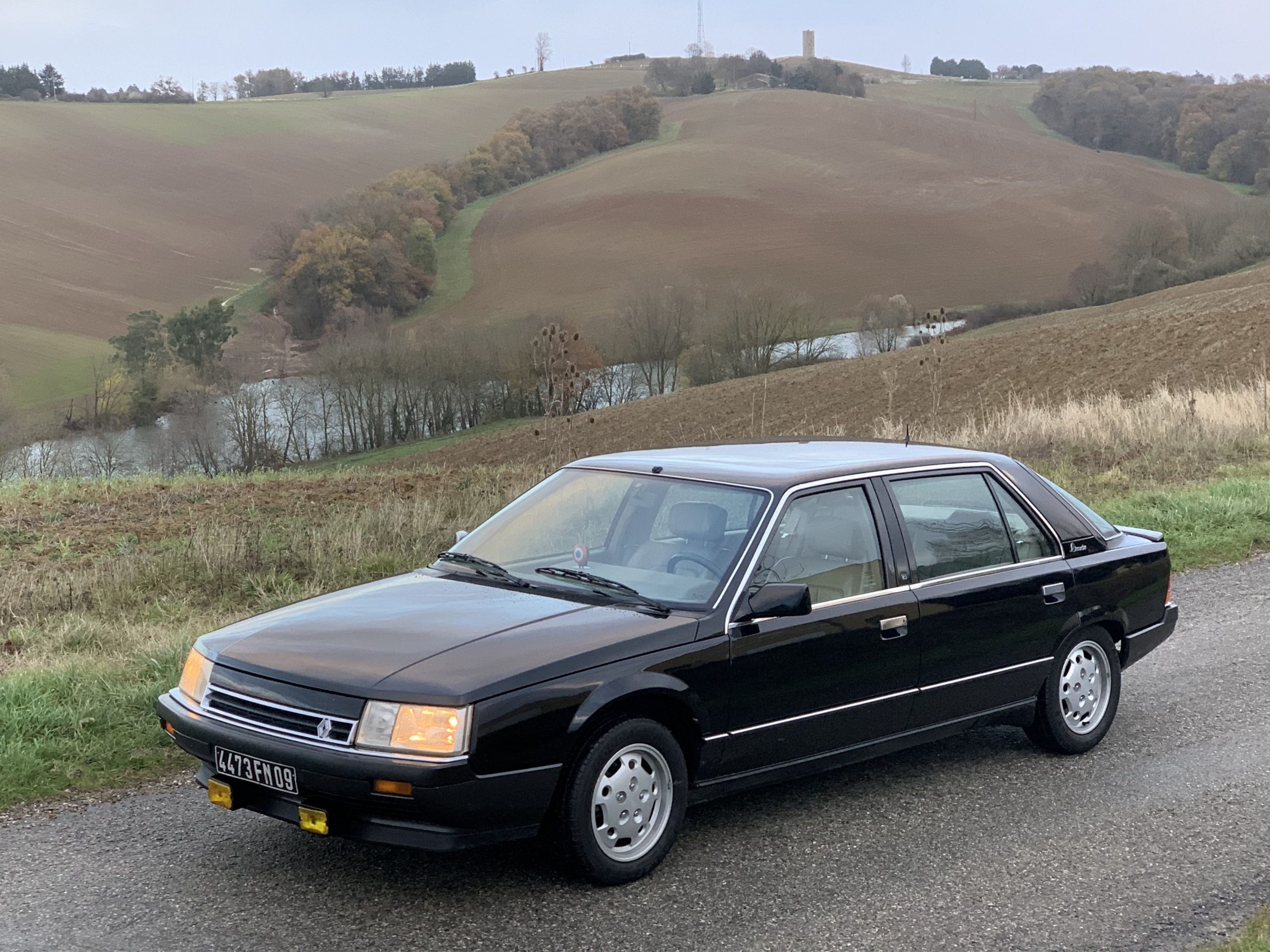
Finally, a word about the cars I would love to have taken away with me. I use the plural because it was very difficult to pick just one, so I ended up choosing two! The first is a 1986 Renault 25 V6 Limousine. This model (with a long wheelbase of course) had a prestigious first customer in François Mitterrand, then “President de la Republique”, and there followed only 831 more. Trigano’s specimen, purchased new, has the 2.7-liter V6 naturally aspirated engine delivering 144 hp. My other choice is its direct descendant, the Renault Safrane V6 in the Baccara version. Built in 1992, it was one of the first specimens. Powered by a 3-liter engine delivering 169 hp, it represented, at the time, the best you could get from a French sedan. Also purchased new by Trigano, this car came in blue over gray leather interiors. As soon as I set my eyes on these cars, my heart gave a leap. How long is it since I last saw examples of these models? To give in to my whim, and put them in my garage, it would have cost me €12,642 (for the 25) and €5,418 (for the Safrane).
